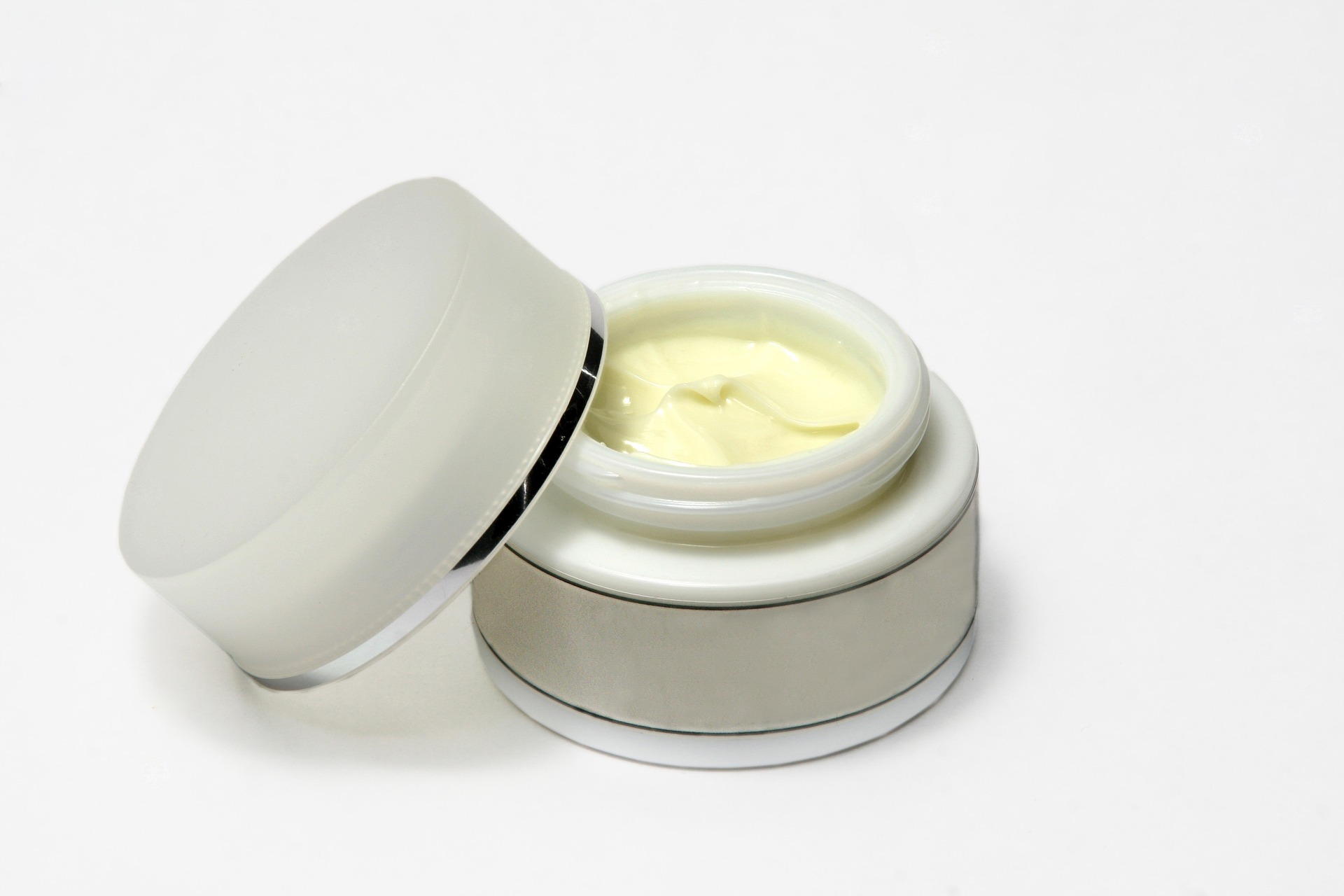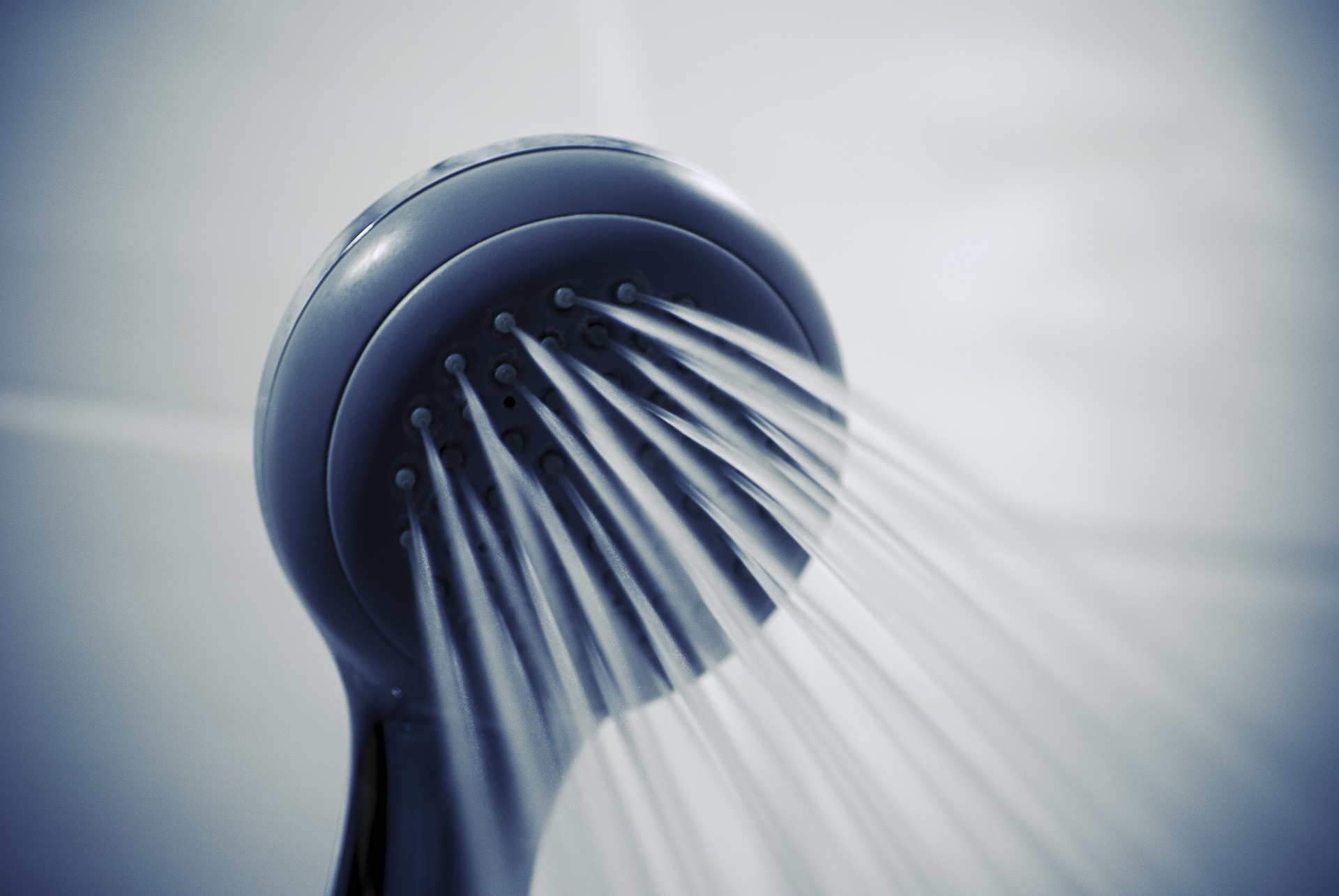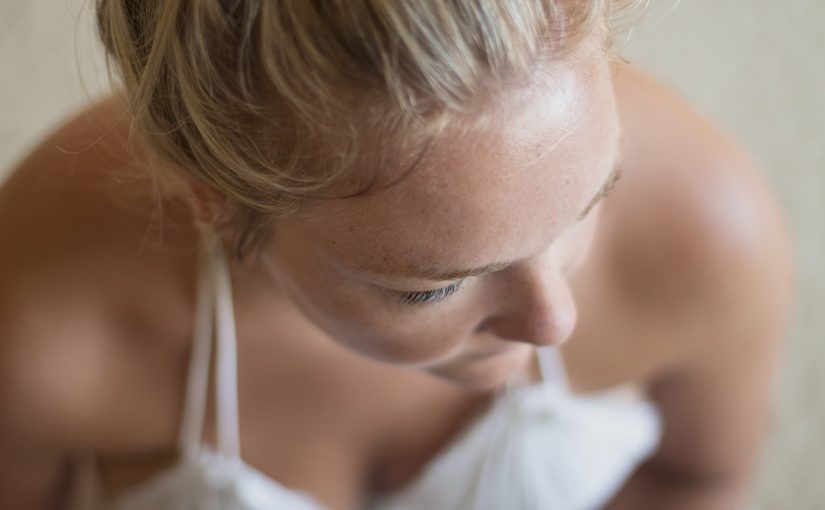Have you been battling dry skin for years? Are you tired of trying expensive product after product, donning weird food-based facial masks and attempting unrealistic diets just to finally achieve that healthy glow? Cheer up, it’s time to relax, grab a cup of tea and have a read of my best natural tips for soft healthy skin.
Okay, I used to have dry skin and a dry scalp and during the winter I was always itchy and never quite comfortable. The eczema on my hands and legs was a constant source of irritation. Now, at the tender age of 51, I live in a wood heated home (ULTRA dry heat) in Maine, where winter lasts half the year. It’s taken me years to figure out how to keep my skin from drying in these long, dark months. But it won’t take you more than the time it takes to read this article!
So let’s get to it, let’s discuss skin and what it needs to stay healthy, and then we’ll get to my best tips for maintaining soft, healthy skin. These strategies have helped me keep my own skin looking younger than my age and I hope it does the same for you! By following these tips myself, dry skin and eczema are no longer an issue. Ever.
What The Skin Needs
Before we begin with the tips and strategies, let’s back up a bit and talk skin. Our skin, the largest organ in our body, has two primary purposes: absorbing oxygen and water (respiration), and excreting toxic gasses (think stinky feet or B.O.). To do its job effectively, the skin needs to have pores that are fully hydrated and unclogged. Another job that the skin has is protecting the body from harmful external substances like germs. So healthy skin is not just about looking good, but it’s also about a properly functioning bodily system.
So how do you maintain healthy skin so that it’s doing its job, protecting you and keeping your system clean and safe? Because when your skin can do its job properly, you will look good, too. Follow these tips:
Ditch Commercial Dry Skin Products
I know this is a bold statement since most bathrooms across America are lined with brand name moisturizers and dry skin products. The rule to follow for skin care products is if you wouldn’t eat it, you shouldn’t put it onto your skin. Because it’s your skin’s job to absorb, so what goes on the surface gets taken into the body.
Now take a look at any skin care cream or moisturizer, read the ingredients, and then ask yourself this question: Would I eat this? If the answer is No, then do not put it onto your skin. What goes on your skin gets absorbed into your body and often will have other harmful effects.
Aren’t Some Skin Creams Good?
Many skin creams will have wonderful ingredients like chamomile extract or aloe vera, but don’t be fooled. Oftentimes the rest of the list is packed with drying, pore-clogging or toxic chemicals and preservatives. In fact, you may have no idea what the majority of the ingredients even are. Most all creams and lotions contain one or more forms of alcohol, a substance known for drying skin. And anything with petroleum-based substances (i.e parabens, Benzoyl Peroxide or Methylisothiazolinone), or mineral oil, will clog your pores, making it impossible for your skin to stay soft and keep you healthy.

So why do so many people buy and use so much skin cream? Strong marketing campaigns reel us in and then the overall drying effects that these lotions cause, require us to apply them repeatedly, setting up an endless cycle that in the long run is detrimental to our skin. The silky, aromatic cream smells and feels so good when we apply it, but its lasting effects will only make our skin cry out for more. Not only that, but the toxins are taken in by the skin and build up, making extra elimination work for your lymph system and liver.
What Can I Put on My Skin When It Gets Dry?
One word, one ingredient: Shea Butter. I recommend buying a small tub at your local natural foods market or online. You will not be disappointed. No preservatives, no additives, no fake shit, just the butter from a nut, plain and simple. You could even eat it. It’s naturally creamy, makes your skin smooth and soft, and is easily absorbed and handled by your body. When I used to have eczema, it was the one remedy that consistently soothed the itchy areas.
The Best Way To Keep Your Skin Hydrated
There are other ways to keep your skin soft and moist without even using something like Shea Butter. I’m not going to get all obvious on you now and talk about the 8 cups of water a day. I think that’s been beaten over our heads enough so that we all know we should be doing it. So I’ll shoot right over to cold showers. Now before you say, screw that, cold showers suck, I’m not doing that, listen to this way of doing it:
Take a luxuriously long hot shower first, THEN finish with a cold rinse.
It won’t feel that cold because you’ll be so warmed up already. It’s a lovely feeling and it accomplishes this: Your skin, when the hot water is going, has all its pores fully open and is receiving the nourishing water. If you just stop the shower then, the heat of your skin from the hot water will cause excess evaporation and dry your skin. By giving yourself a cold rinse, you close up those duly moisturized and cleansed pores.

Noticed I said closed up and not clogged. There’s a difference. When your pores close with the application of cold water, it keeps the hydration in while still allowing for any toxic removal that needs to happen. And, in my opinion, this is the number one way to combat dry skin. Afterward, be sure to dab your skin dry with a towel, and not rub it too roughly.
Serious Dry Skin Problems
You may be at the point where you’re been dealing with dry skin for a long time. Maybe it’s gotten worse and worse over time. And now you may have problem areas that are the result of long-term toxic build-up. I completely understand this as about 17 years ago my eczema was out of control. It may be that an herbal extract is just what you need to cleanse your system and help your skin do its job again.
Yellow Dock (Rumex Crispus) of the Sorrel family, provides a perfect choice for reducing inflammation in skin conditions. At the same time, it cleanses the blood and stimulates the removal of toxins. You can take it in herbal tincture form (after consulting with your healthcare practitioner) during the healing stages of your skin. The best case scenario for healing long-term dry skin would be to take Yellowdock tincture while practicing the other tips above. My video below tells you a little more about this highly medicinal plant.
Thank you for joining me today in this journey from dry, itchy skin to healthy soft skin. Feel free to leave your comments below. I’d love to hear your thoughts on Shea Butter or any of these natural skin methods. For more ways to ensure optimal health for a glowing, healthy look, you can check out my free eBook titled: “Cleanse: Holistic Strategies for Reducing Your Body’s Chemical Load”
